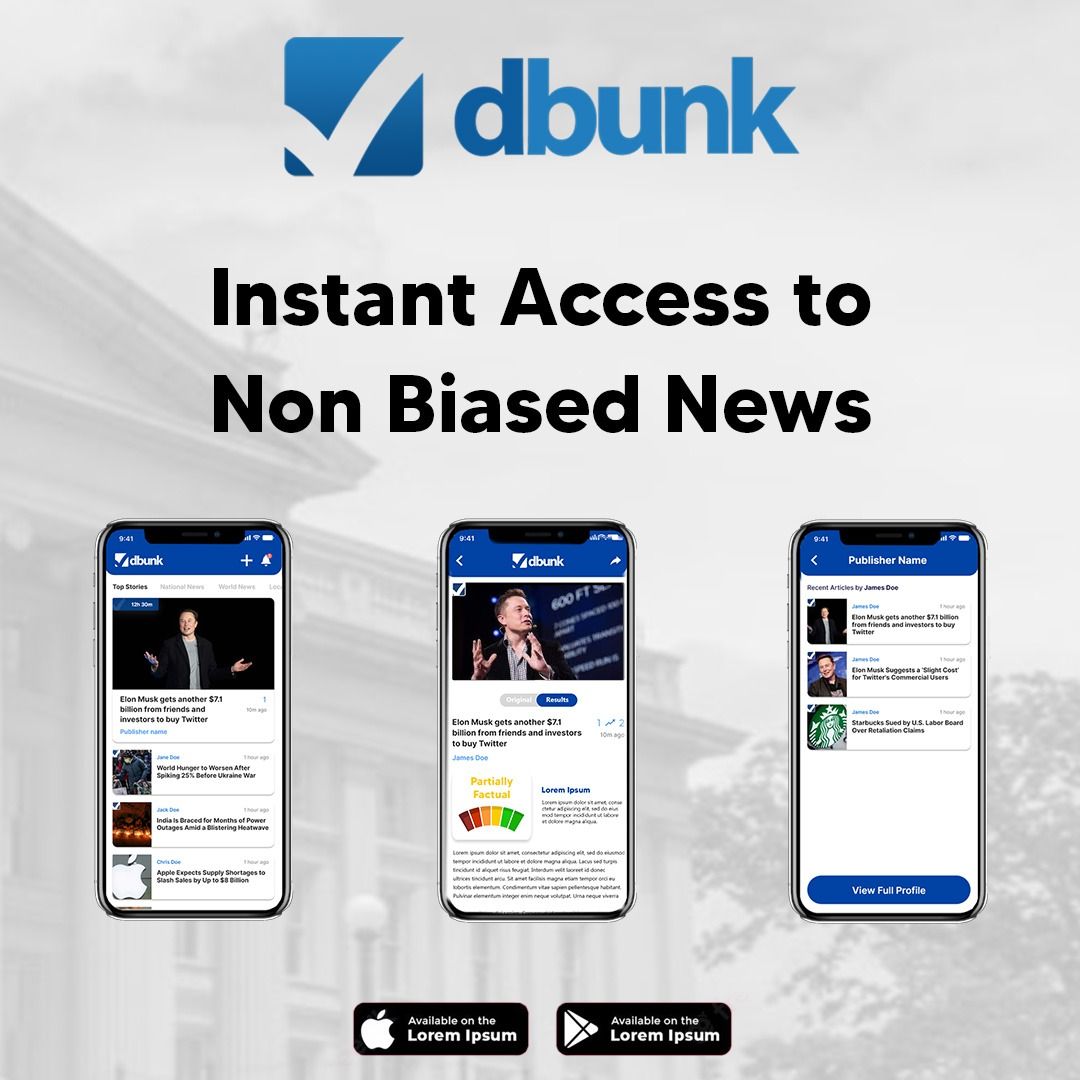
Introduction
The CNBC article discusses signs of a slowing U.S. economy, citing data from private payroll processor ADP and the Federal Reserve’s “Beige Book.” A user flagged this article to investigate the reliability of these sources—especially when their reports diverge from the official U.S. Labor Department’s job data. The article’s core message implies troubling signals from multiple fronts, but are these signals accurate or misleading?

Historical Context
In the U.S., employment data is crucial for assessing the economy’s health. The Bureau of Labor Statistics (BLS) publishes the official jobs report each month, based on government surveys. On the other hand, ADP, a private payroll company, releases its own monthly jobs estimate based on its client base, while the Federal Reserve produces the “Beige Book”—a mix of anecdotal evidence from regional banks. Historically, these sources often differ due to methodology. This is not necessarily a sign of misinformation, but it’s essential to understand what each report truly represents.
Fact-Checking Specific Claims
Claim #1: “Payrolls increased just 37,000 for May, below the downwardly revised 60,000 in April and the Dow Jones forecast for 110,000. It was the lowest monthly total from the ADP count since March 2023.”
This claim is accurate. ADP’s May 2025 National Employment Report confirmed that private employers added only 37,000 jobs, significantly underperforming expectations. April’s initially reported 70,000 was also revised down to 60,000. This marks the weakest performance since March 2023. However, ADP’s data, drawn from payroll processing of its clients, has a narrower scope than the Labor Department’s broader survey, which includes government jobs and a nationally representative household sample.
Source: ADP May 2025 National Employment Report
Claim #2: “The Fed report noted that ‘economic activity has declined slightly since the previous report.’”
Verified. The Federal Reserve’s Beige Book released on June 5, 2025, explicitly states that “economic activity has declined slightly since the previous report.” This language mirrors prior cautious assessments and reflects qualitative feedback from regional contacts. It does not represent quantitative GDP data, but rather anecdotal insights, meaning it may reflect fears and expectations more than hard numbers.
Source: Federal Reserve Beige Book

Claim #3: “The ADP report isn’t always aligned with the Labor Department’s jobs report… for example, ADP said private companies added 107,000 jobs in January 2024, while the Labor Department posted 353,000 gain in nonfarm payrolls.”
Accurate with necessary context. The article correctly notes that ADP and the Labor Department often differ. In January 2024, ADP reported a gain of 107,000 private jobs, while the Bureau of Labor Statistics (BLS) reported 353,000 jobs—including government and private sector employment. The discrepancy stems mainly from differences in data source, scale, and model assumptions. The ADP model focuses on client payroll data, while the BLS uses national surveys structured for statistical representation. These differences don’t imply error but serve different purposes and must be interpreted accordingly.
Source: BLS January 2024 Jobs Report
Claim #4: “The Beige Book is a qualitative report that might not capture economic data.”
This is true. As acknowledged by the Federal Reserve, the Beige Book is not a statistical analysis, but a compilation of observations from regional banks and private industry. Its purpose is to guide the Federal Open Market Committee (FOMC) through economic sentiment, rather than to provide hard numbers. It often highlights trends earlier than quantitative data catches up, but should always be used in context.
Source: June 2025 Beige Book PDF

Conclusion
The CNBC article is mostly accurate in its presentation of economic indicators from ADP and the Federal Reserve. It correctly quotes job figures and economic assessments, while acknowledging that the ADP and Beige Book reports vary in methodology and may not always mirror the Labor Department’s job report. Where the article could be improved is in reinforcing that divergent job numbers are not contradictory errors but reflect different datasets. There is no indication of overt bias or misinformation in the way the facts are presented. However, the article walks a fine line between economic nuance and alarmism, potentially leading casual readers to overestimate the severity of a downturn that remains subject to official confirmation.
Encourage Readers to Take Action
Want to verify claims like these in real time? Download the DBUNK app and follow us on social media to get clarity in a chaotic information landscape. Submit your own article anytime for a free fact-check and stand against misinformation today.

Visit the original article here: https://www.cnbc.com/2025/06/05/cnbc-daily-open-health-of-the-us-economy-depends-on-perspective.html

